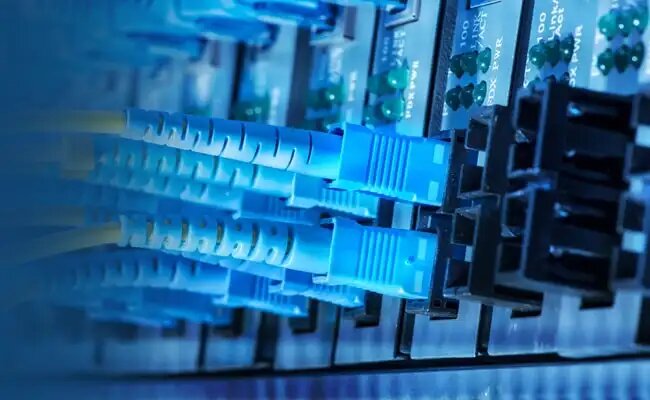
We live in a hyperconnected world with multimedia savvy and socially connected customers, employees and partners. They are conditioned for always-on, instant, anytime, anywhere connectivity using their own devices of choice. Moreover, it is increasingly common that primary business resources, including data centers, applications, and endpoints as well as users, are all outside the traditional business perimeter. Extending business borders around all these resources and users may stress your IT department. Your organization’s IT structure needs a better way to scale and manage users in any location, given those users may be using virtually
any device to access almost any application located anywhere in the world. The Borderless Networks Architecture enables deployment of its systems and policies efficiently to provide secure, reliable, and seamless access to resources from multiple locations, from multiple devices, and to applications that can be located anywhere.

Your network infrastructure enables everyone in your company to connect to each other, to customers, to business partners, to important applications and to the Internet. The way a network operates is to connect computers and peripherals using two pieces of equipment – switches and routers. These two let the devices connected to your network talk with each other as well as talk to other networks. Switches are used to connect multiple devices on the same network within a building or campus. The switch serves as a controller, allowing the various devices to share information and talk to each other. Through information sharing and resource
allocation, switches save you money and increase productivity. Routers are used to tie multiple networks together. They connect your business to the outside world, protect your information from security threats, and even decide which computers get priority over others. Routers analyze the data being sent over your network, change how it is packaged and send it to another network or over a different type of network.

A wireless network allows your users’ devices to stay connected to the network but roam freely without any wires. Access points amplify Wi-Fi signals, so a device can be far from a router but still be connected to the network. Previously it was thought that wired networks were faster and more secure than wireless networks. But continual enhancements to wireless network technology such as the Wi-Fi 6 networking standards have eroded speed and security differences between wired and wireless networks. The popularity of wireless technology is a testament primarily to its convenience, cost efficiency, and ease of integration with other networks and network
components. With the massive growth of the Internet of Things, wireless connectivity has never been more important. Our comprehensive wireless portfolio has the technology to meet your range, data rate, interoperability, frequency and topology needs.

Organizations, such as yours, increasingly use software applications to implement core business processes across their extended enterprises. This creates challenges of rapidly increasing infrastructure complexity, the need for consolidation, new network security threats, increasing scale, escalating system integration costs, and the need to deliver optimum application performance to all users regardless of location. Traditional approaches to solving these complex IT problems, such as intensive customization and integration projects, have created additional complexity and new challenges. Netcominfra's Application Solutions help your IT department to integrate
applications, optimize the network and improve the delivery of critical applications to users across the enterprise. By bringing these application-focused solutions together into a single advanced technology category, Netcominfra Pvt. Ltd. provides a complete networking solution that enables your organization to effectively respond to changing business conditions, in real-time.

An IoT network consists of web-enabled smart devices that use embedded systems, such as processors, sensors and communication hardware, to collect, send and act on data they acquire from their environments. IoT devices share the sensor data they collect by connecting to an IoT gateway where data is analyzed. Sometimes, these devices communicate with other related devices and act on the information they get from one another. The devices do most of the work without human intervention, although people can interact with the devices — for instance, to set them up, give them instructions or access the data. IoT can provide your business with a
real-time look into how the systems really work, deliver insights into everything from the performance of machines to supply chain and logistics operations. IoT enables automation of processes and reduces labor costs. It also cuts down on waste and improves service delivery, making it less expensive to manufacture and deliver goods, as well as offering transparency into customer transactions.

Today there are many challenges in managing the network because of manual configuration and fragmented tool offerings. Manual operations are slow and error-prone. Issues are exacerbated because of a constantly changing environment. The growth of users and different devices types makes it more complex to configure and maintain a consistent user policy across the network. SD-Access (Software Defined Access) is a transformational shift that helps your organization enable policy-based automation from the edge to the cloud. It gives your network architects the tools to orchestrate key business functions like onboarding, secure segmentation,
IoT integration, and guest access. The technology automates user and device policy for any application across the wireless and wired network via a single network fabric. It allows IT to set network access in minutes for any user, device, or application, without compromising on security.